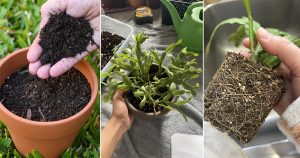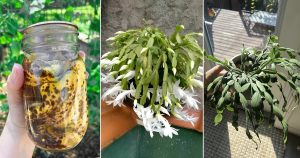Just pruned your plant? Well, here’s how to make a flowering succulent rebloom faster after pruning—read along!
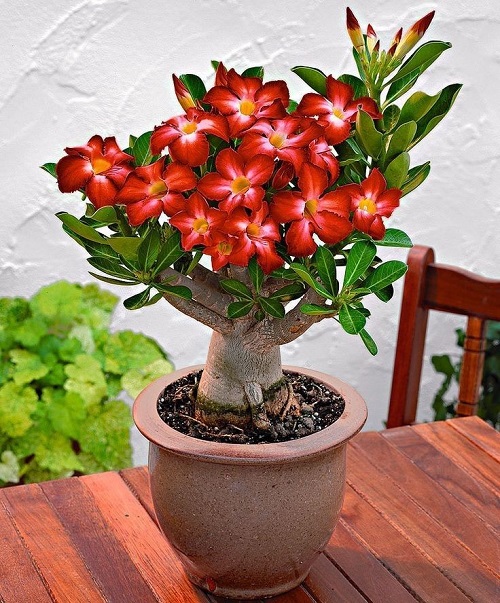
Pruning is a part of succulent care that you simply cannot miss. But if you have ever noticed that your succulents take way too much time to rebloom after pruning, then there are a few things you must keep in mind. We will learn how to make a flowering succulent re-bloom faster after pruning.
How to Make a Flowering Succulent Re-Bloom Faster After Pruning
1. Pay Attention to Your Pruning Technique
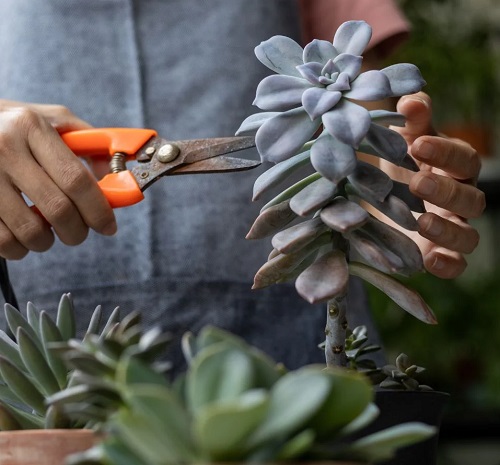
Timing matters. Always prune right after the blooming season ends, just before the plant enters dormancy.
Before you snip, take a good look. For example, remove dead or yellowing leaves, stretched-out stems, or any signs of rot or pests. Trim spent flowers at the base using clean, sharp scissors.
After pruning, clean up any fallen bits from the soil—they invite pests and mold. And don’t water right away. Let the plant settle.
Go easy with the scissors. A light trim does more good than a harsh chop.
2. Allow the Plant to Recharge
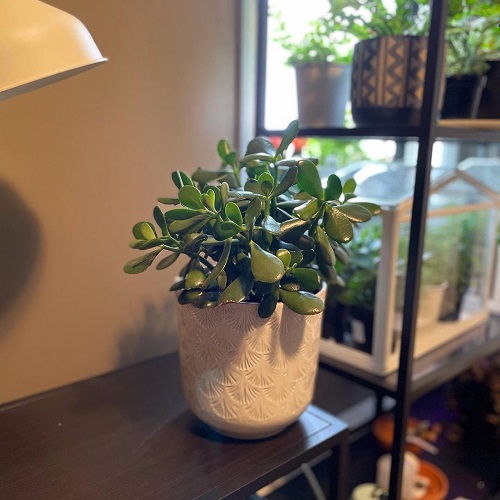
After blooming, your succulent needs downtime. It’s tired and heading into dormancy. Cut back on watering since it’s not actively growing.
Situate it in a spot where it gets shorter daylight hours and cooler temperatures, like it would normally get in its natural habitat. Without this rest period, your plant won’t have enough energy to rebloom the following season.
3. Lighting in the Growth Phase
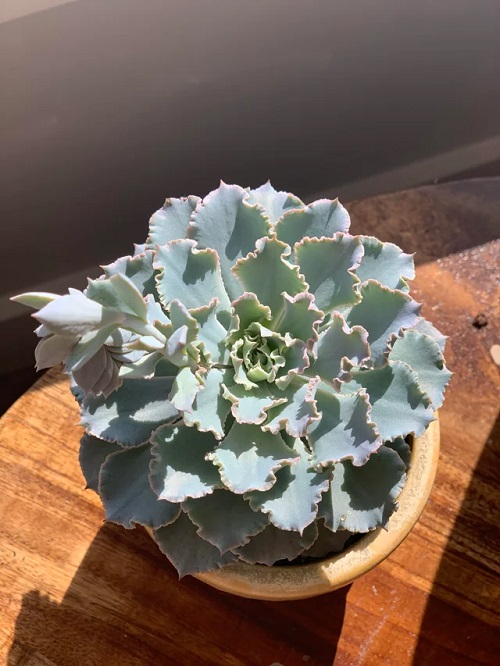
When the plant wakes up from dormancy, it enters its active growth phase. That’s when it needs warmth and bright light.
If indoors, place it near a sunny south or west-facing window. Avoid north-facing spots—they don’t offer enough light for budding.
If sunlight is limited, you can also supplement with grow lights for 10–14 hours a day. LED grow lights that offer a full spectrum are a great option to mimic natural light indoors.
4. Keep the Blooming Cycle in Mind

Not all succulents bloom at the same time. Some start budding in spring, while others wait until fall or winter. Know your plant’s cycle and time your pruning around it.
Haworthia and Gasteria, for example, can bloom in shade. Christmas Cactus, on the other hand, follows a strict pattern of dormancy, budding, and flowering—and should only be pruned after it blooms.
Also, don’t confuse dormant succulents with dead ones—some shrink, wrinkle, or even lose a few leaves, which is completely normal.
5. Do Not Fertilize During Blooming
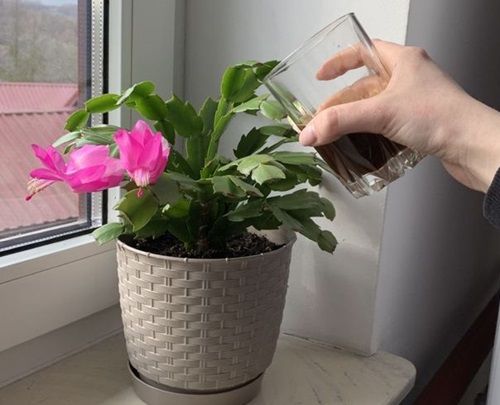
Don’t fertilize while the plant is blooming or right after pruning. It’s still healing or using up stored energy. Fertilizer now can shock the roots or cause root burn.
Feed only during the active growth phase of succulents, which typically lies between spring and summer, and it should be diluted to half or quarter strength. You should also be using a high-phosphorus food monthly to encourage faster and luscious blooming next season.
6. Monitor for Pests
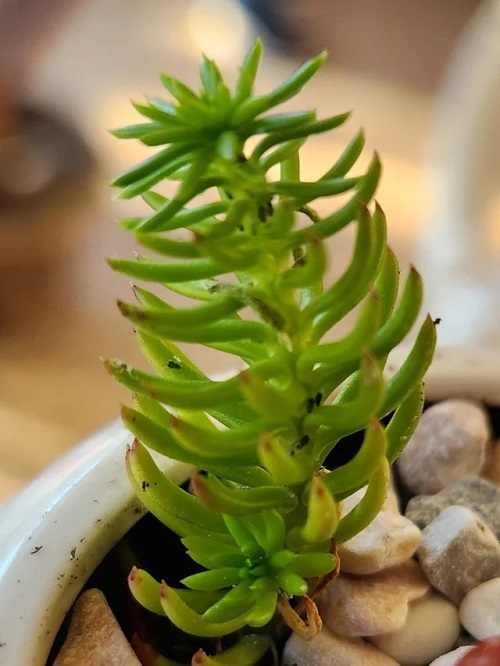
Pruning leaves your plant vulnerable. That’s when pests like mealybugs, spider mites, and aphids strike. These tiny invaders drain your plant’s energy and slow recovery.
Check under the leaves, near the stems, and around the soil. If you spot pests, wipe them off with alcohol-dipped cotton or spray them with neem oil or insecticidal soap.
Also, ensure proper airflow—especially indoors. Still air creates the perfect spot for pests and fungus to move in.
So these are the most important things to keep in mind to keep your succulent flowering season after season, even after you prune. Do you have some extra tips? Let us know in the comments below!

